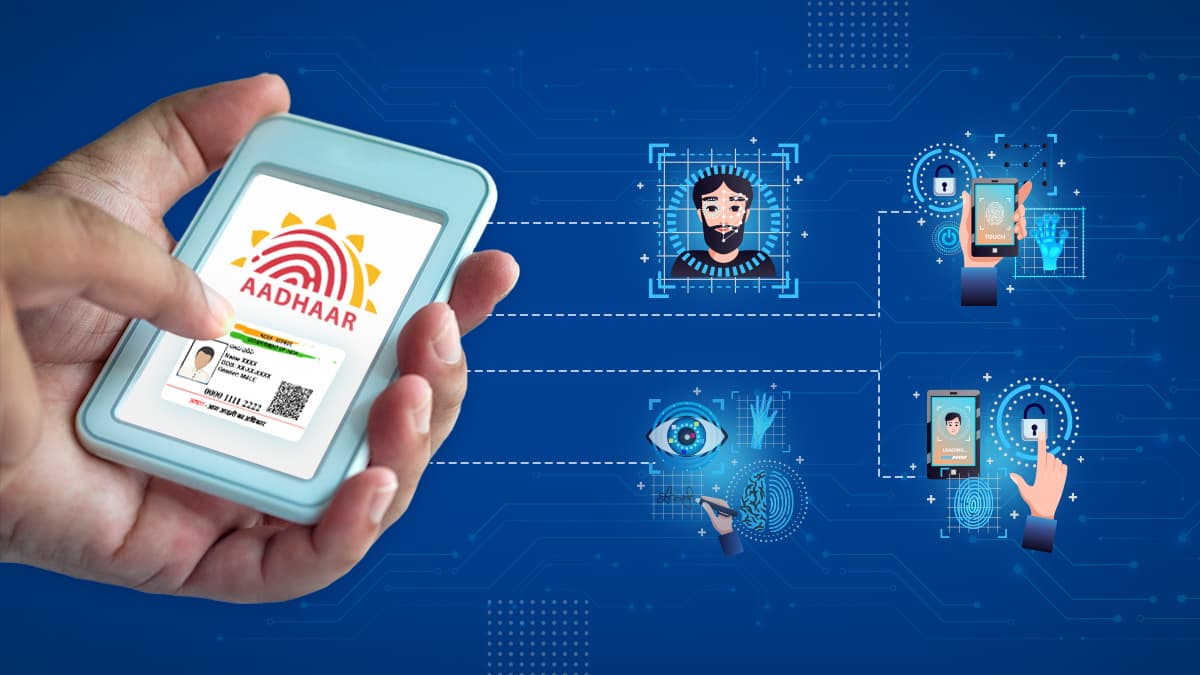In my previous blog, we explored the most successful profit models that help businesses drive a product regime. In this part of the series, we will learn more about the remaining three forces of the ‘configuration’ pillar – network, structure & process.
While profit models define and improve the bottom-line, network usage as an innovation tactic widens the horizon, essentially giving you a larger playing field.

Using Network Models for Innovation
Here are some of the most successful usages of network models for creating game-changing products.
1. Merger/Acquisition
When you combine two or more entities to access capabilities and assets. A good example is Lenovo’s 2005 acquisition of IBM’s Thinkpad product line.
2. Consolidation
Who has done this better than Byju’s! India’s top EdTech unicorn Byju’s has been on a spree of acquiring multiple companies in the same market or complementary markets to consolidate its market share.
3. Open Innovation
Tesla has been the frontrunner in the EV industry with its ‘open innovation model of making patents freely available to all. This model works when you can obtain access to processes or patents from other companies to leverage, extend, and build on the expertise and/or do the same with internal IP and processes.
4. Secondary Markets
This is how manufacturing units of major industries like SAIL (Steel) and NALCO (aluminium) work. They connect waste streams, by-products, or alternative offerings to those who want them.
5. Supply Chain Integration
This should not surprise readers at CSM, considering our expertise in streamlining supply chains. This involves coordinating and integrating information and/or processes across a company or functions of the supply chain.
6. Complementary Partnering
GoPro & Redbull have leveraged their assets by sharing them with companies that serve similar markets but offer different products and services. In fact, both of them have together done campaigns!
7. Alliances
In IT and at CSM, we often share risks and revenues to improve individual competitive advantage jointly. CSM’s partnership with Adobe was decisive in winning Odisha Tourism.
8. Franchising
This is the most common model of this lot. From Starbucks to KFC, brands license business principles, processes, and brands to paying partners.
9. Coopetition
Pfizer and BioNTech joined hands in 2020 to build a Covid-19 vaccine. This is an emerging trend of joining forces with someone who would typically be your competitor to achieve a common goal.
10. Collaboration
At CSM, we often partner with others for mutual benefit. We have recently partnered with organizations like AWS and Avaya for project implementations.
The power of networking can go a long way in improving the success rate of your product. In our next blog, we will discuss how structure and processes contribute to innovation.














































We will verify and publish your comment soon.